Unagi Pie (うなぎパイ) is a beloved Japanese sweet pastry filled with a sweet and savory concoction. This treat gained popularity as a souvenir and cherished for its unique blend of flavors and crispy texture. In this article, we’ll explore the origins, ingredients, and cultural significance of Unagi Pie in Japan.
What is Unagi pie?
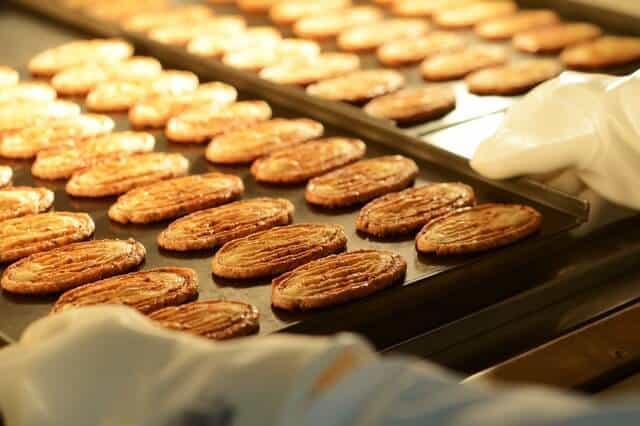
Unagi pie or eel pie is a special treat from Shunkado Ltd., well-known in Hamamatsu City, Shizuoka Prefecture. To make it, they mix eel extract into pie dough, bake it, and top it with a sauce like kabayaki. The only ingredients for the dough are wheat, butter, water, and eel extract powder. Talented workers make the dough. They adjust it carefully for temperature and humidity. Each person kneads about 3.6 tons per day. They are rolled out thinly and sprinkled with sugar, layering them up to about 9,000 layers, creating a unique crispy texture. They have mechanized the baking process, but they have kept the procedure the same. The factory slowly baked it for 10 minutes at a temperature of about 300 degrees, and at the end, they brushed it with a secret sauce, just like kabayaki.
Despite its name, Unagi Pie does not actually contain eel (unagi). Instead, it is a type of pastry filled with a sweet and savory filling. The name “Unagi Pie” is a clever play on words, as “unagi” means eel in Japanese, but in this case, it refers to the pie’s shape rather than its ingredients. Shunkado holds the trademark for it. In a recent survey by the 2022 Netorabo Research Team, this eel pie earned the 5th spot in the ranking of local sweets that people would love to receive as souvenirs.
Unagi pie History

In 1961, the second president of Shunkado, Koichi Yamazaki, had a clever idea. He wanted to create a special pastry called Unagi Pie. To make it unique, he decided to combine Western confectionery with eel. Hamamatsu’s connection to Lake Hamana and eel production is cleverly represented in this wordplay. After it was made, the pastry became very popular. Sales went from 600,000 units in 1962 to 7 million in 1965. By 1966, annual sales exceeded 10 million units, leading to the establishment of a separate company, Unagi Pie Honpo Co., Ltd., dedicated solely to manufacturing these tasty treats. Unagi Pie has faced difficulties, like the end of mail-order sales in 2008 and a production pause in 2020 due to COVID-19. However, it remains a beloved treat with a long history.
Despite its popularity, Unagi Pie encountered sales challenges at JR Nagoya Station. In April 2016, the manufacturer, Shunkado, reluctantly started discontinuing the product. After becoming a topic of discussion on social media, sales resumed at kiosks in Nagoya Station on September 16, 2016. The journey had good times and bad times. In 2020, production stopped because fewer people wanted the product. In 2021, there were more challenges because of another emergency. Despite these hurdles, Unagi Pie stands as a testament to innovation and local pride in Hamamatsu City.
What is the relationship between eel and pie?
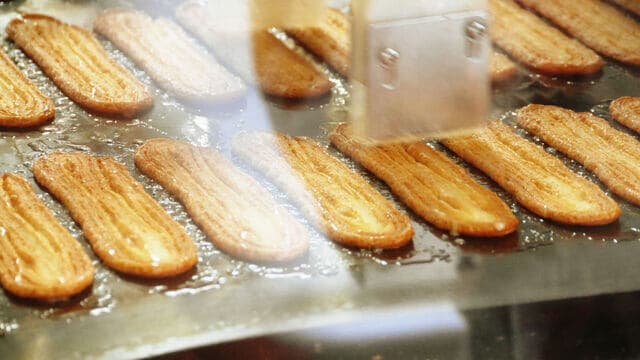
If you’ve never had eel pie, you might wonder, “Wait, does it taste like eel?” For eel pie, extract from eel, a specialty of Lake Hamana, is kneaded into the pie dough. However, it doesn’t taste like eel at all. The main reason it is called eel pie is not its taste, but the process of coating it with sauce and baking it like kabayaki.
What is the secret ingredient in unagi pie?
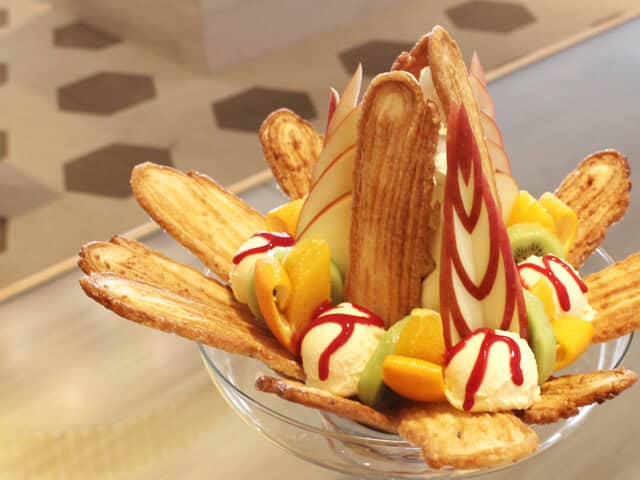
It has a small amount of garlic in it. Regarding garlic, the artisans were worried that the “eel pie” in its prototype stage lacked depth of flavor. President Koichi thought about using a little garlic, inspired by the then-popular gyoza. When he suggested this and used it to get rid of the fishy smell, it turned out to have a deep, addictive taste like that eel pie.
What does eel pie night snack mean?
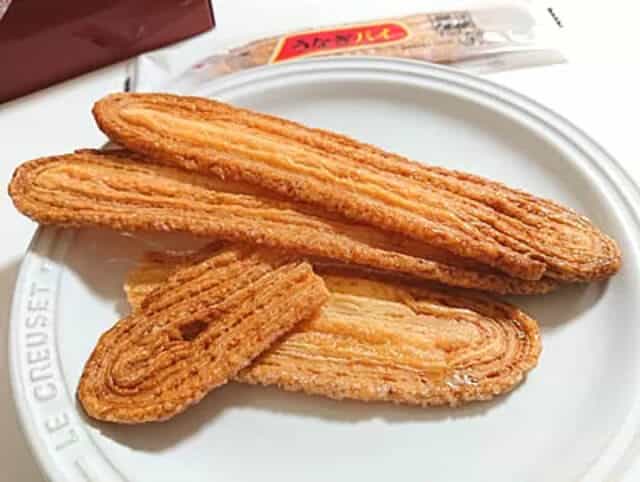
During family gatherings, people are meant to enjoy nighttime sweets. Koichi Yamazaki, the second president, gave the name. In 1962, when eel pie was born, Japan was amid rapid economic growth. During that time, women began working outside the home and children started attending school and cram school. It seemed that everyone was spending less time at home. During this time, dinner at night was a cherished time for families to gather together. “Night Sweets” was named because we wanted people to have a fun time surrounded by “eel pie” during such moments. However, it seems that many people buy it with a different interpretation.
Unagi pie FAQ
- Does Unagi Pie taste like an actual eel?
-
While the flavors of grilled eel inspire Unagi Pie, it tastes different from eel. The sweet pie crust and savory filling create a unique, enjoyable taste that captures unagi’s essence without being too fishy. It has a pleasant taste that combines sweetness and umami, making it a unique treat.
- Can you find Unagi Pie outside of Japan?
-
While Unagi Pie is primarily available in Japan, its popularity has led to limited availability in some international markets and specialty stores that carry Japanese snacks. However, it remains more commonly found in Japan, making it a sought-after treat for those traveling there.
How do they make Unagi pie at factory?
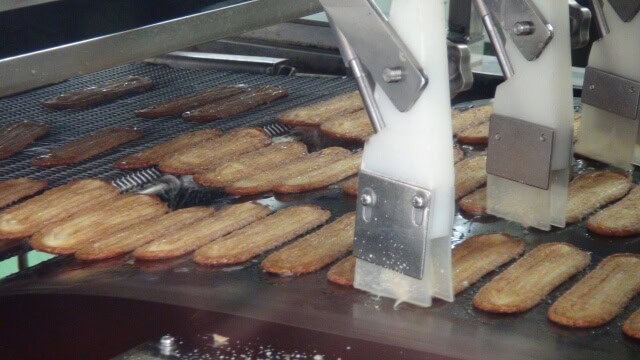
The initial steps in the Unagi Pie manufacturing process begin with a detailed list of ingredients—butter, wheat flour, and eel powder. The dough for each pie is meticulously handmade, emphasizing craftsmanship. The preparation process, including a craftsman kneading the dough, is visible upon opening the factory door.
Behind the door, a conveyor belt system carries a long strip of dough through an oven. The dough undergoes baking, and temperature adjustments are made daily to accommodate variations in temperature and humidity. This process ensures the dough’s transformation into the distinct shape of an eel pie.
The freshly baked eel pies emerge from the oven and move to the next stage where a brush vigorously spreads a secret sauce over their golden-brown surfaces. This unique sauce, known to only a select few in the factory, adds a special flavor to the Unagi Pies. A video illustrates the automated brush application of the secret sauce.
After saucing, the eel pies proceed through a glass case, where workers inspect each pie for cracks or misshapen forms. The inspection ensures that only well-shaped pies move forward in the production process.
As the eel pies flow to the workers, another step involves checking each pie against a case with a long, narrow hole to verify that it conforms to the specified shape. Multiple workers engage in this process to guarantee that only perfectly shaped Unagi Pies are approved for sale. The meticulous attention to detail in each step underscores the commitment to delivering high-quality products from the factory.
Where to buy Unagi pie?
Unagi Pie Factory (うなぎパイファクトリー)
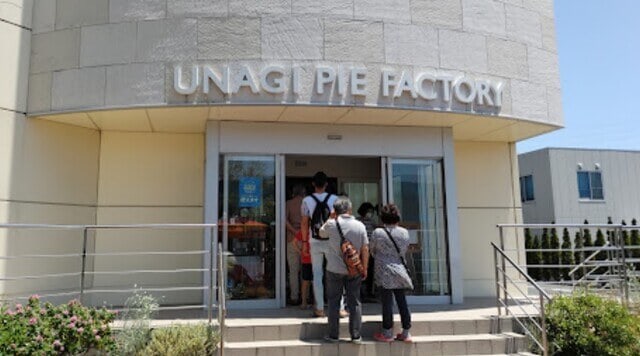
“Unagi Pie Factory”, which will celebrate its 10th anniversary this year, is based on the desire to revitalize the local area and the belief that “we want to make people happy through sweets”, which we have cherished since our founding. The pie dough is kneaded with carefully selected ingredients, mixed with eel extract, baked, and finished with a secret sauce.
Final Thoughts
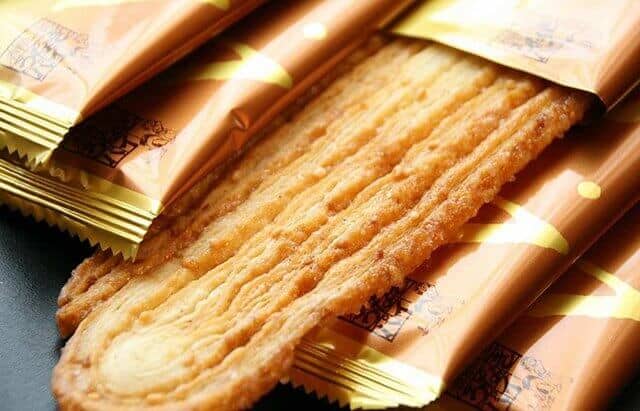
Each step, from making the dough to adding the secret sauce, shows a commitment to quality and skill. The special mixture of sweet and savory flavors captures the grilled eel’s essence without having it. When we explore how Unagi Pies are made, we discover that delicious foods often have interesting histories. So, the next time you savor a Unagi Pie, let it be a moment to relish not just the flavor but the cultural and artisanal heritage that goes into making this delightful treat.
You can check some Japanese snacks that we know you would like to try too.






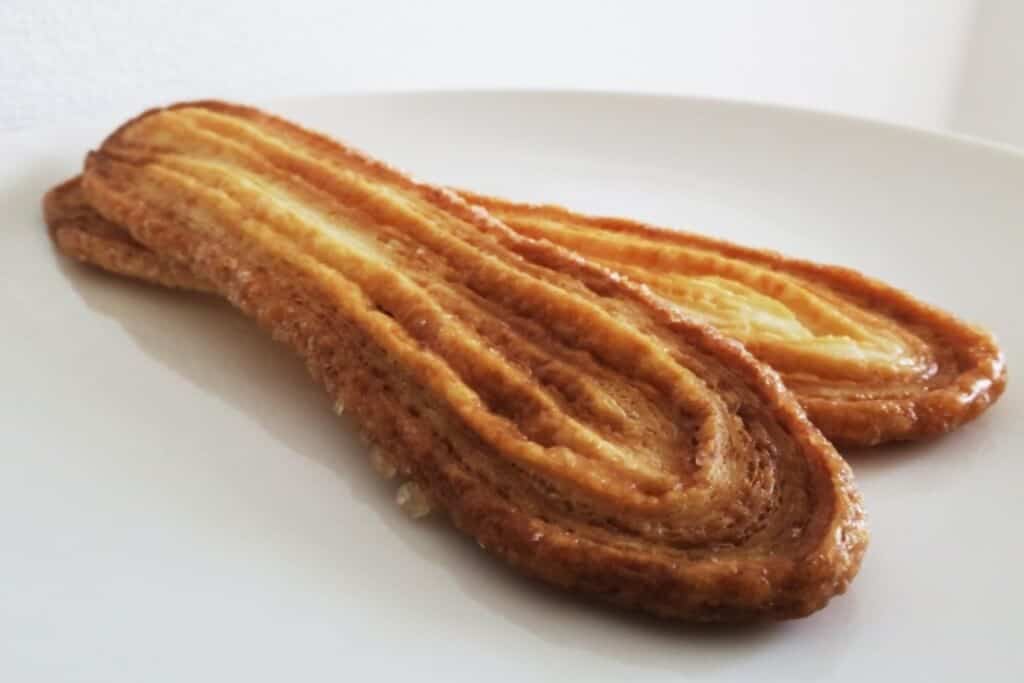
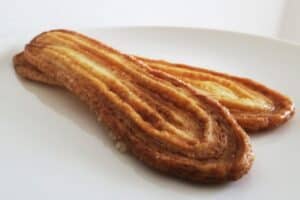
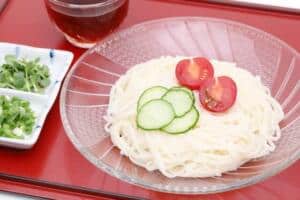
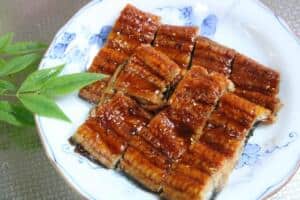
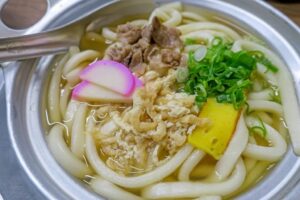
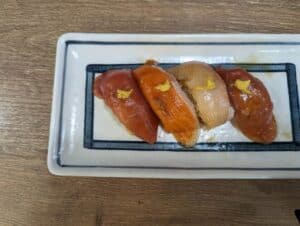
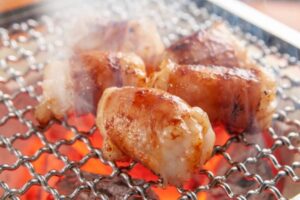
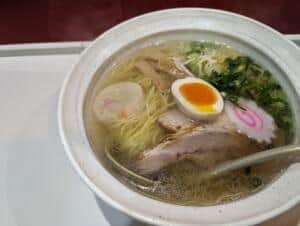

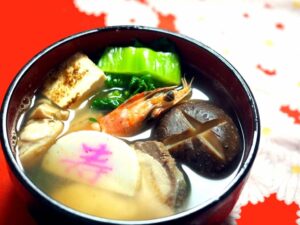
Comments